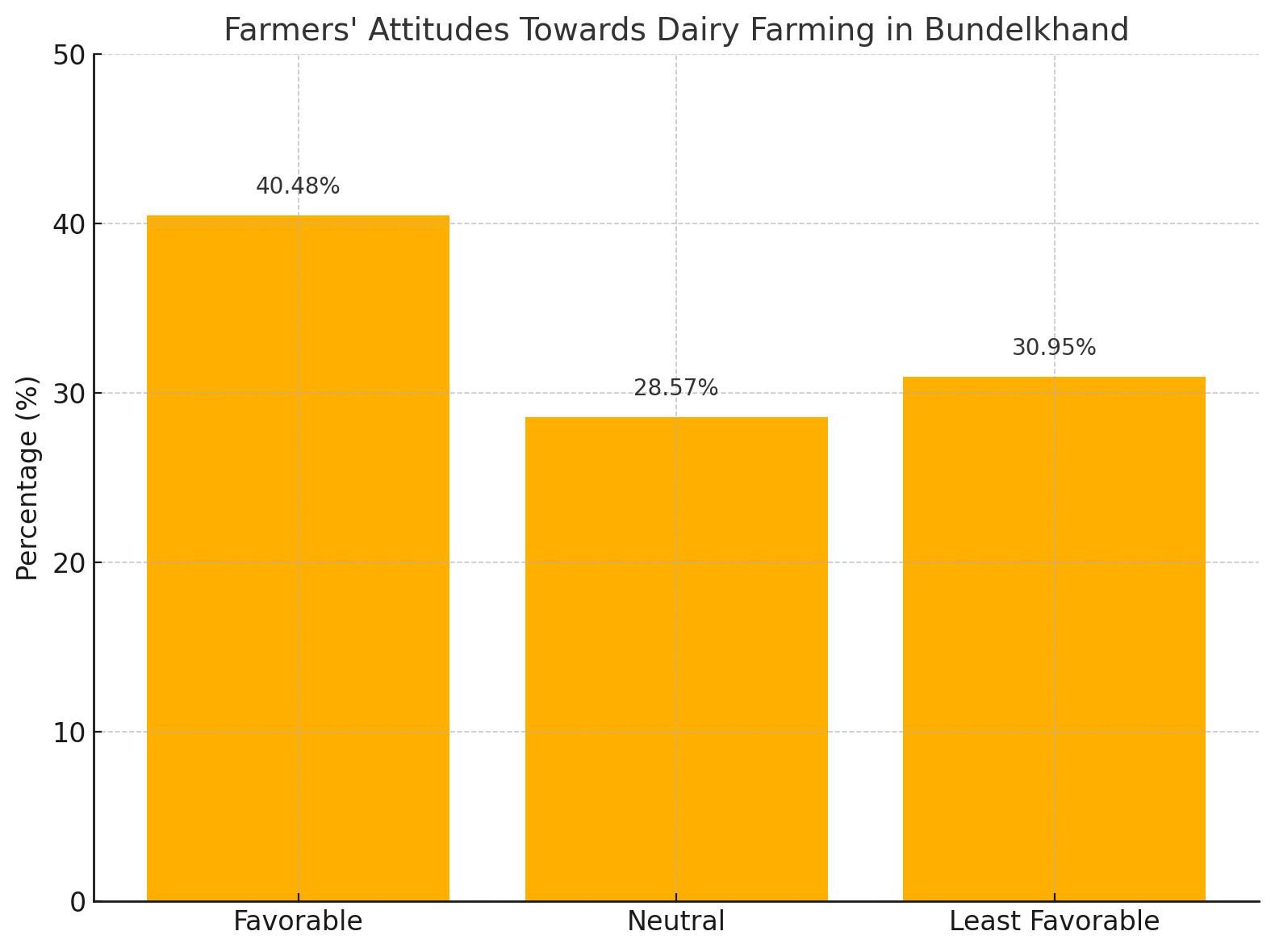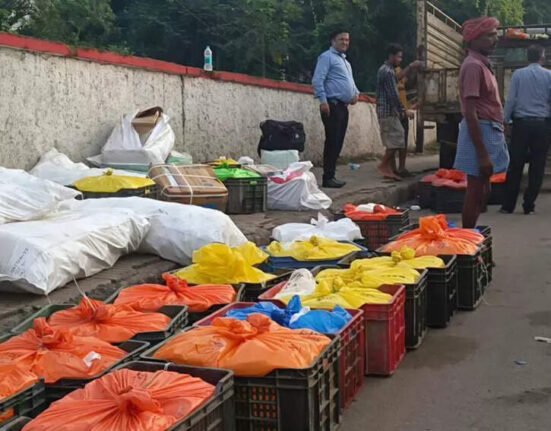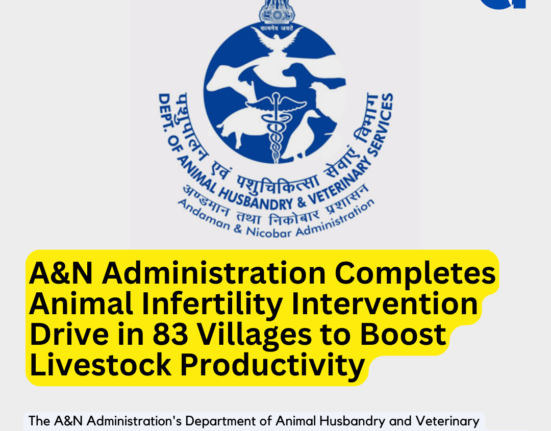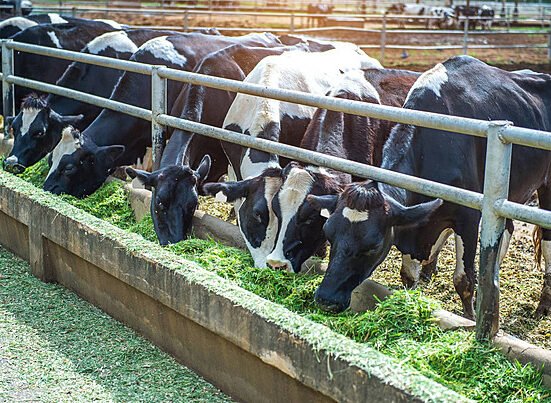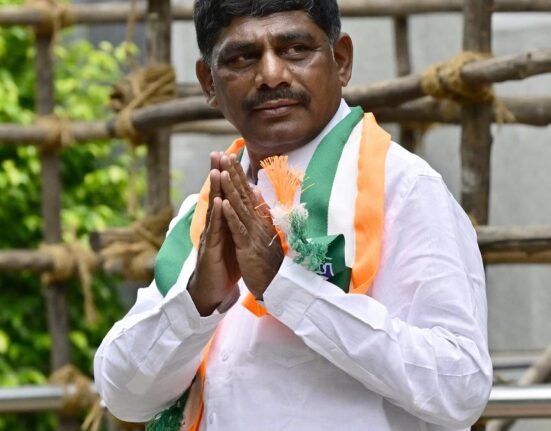By Prashant Tripathi, Dairy Dimension | April 13, 2025
A new empirical study published in the Indian Research Journal of Extension Education has brought to light a revealing portrait of how dairy farming is perceived by rural communities in Bundelkhand—a region often synonymous with agricultural fragility, drought, and socio-economic distress.
Titled “Exploring Farmers’ Attitudes Towards Dairy Farming in Bundelkhand Region of Uttar Pradesh”, the research—based on interviews with 210 farmers across Jhansi and Banda districts—uncovers a complex interplay of hope, hesitation, and hardship in the region’s dairy narrative. The study found that while 40.48% of farmers reported a favorable attitude, a significant portion remained neutral (28.57%) or held least favorable views (30.95%) toward dairy as a viable livelihood.
Profit, Pressure, and Perception: Key Findings from the Field
The study’s granular data tells a sobering story. Over 77% of respondents agreed that economic returns from dairy farming are very low, and more than 55% expressed a clear preference for crop cultivation over livestock rearing. At the same time, 75% of the farmers reported being deeply involved in both dairying and cropping—reflecting a sense of commitment despite economic headwinds.
Interestingly, only 26% of farmers believed dairy farming could drive social or economic change, with nearly half expressing a neutral stance. The cost of feed, limited compensation through milk sales, and lack of awareness about modern practices like artificial insemination (AI) further compound these negative perceptions. While 66% of respondents were neutral about AI, just 24% believed it to be beneficial.
The Socio-Economic Trap
What drives such caution—even disillusionment—among farmers? The study’s authors point to a web of socio-economic constraints. Education, income, landholding size, livestock ownership, and access to domestic resources were all statistically significant in shaping farmer attitudes.
- 71.9% of farmers surveyed had annual incomes below ₹1 lakh, underscoring the region’s widespread poverty.
- 38.6% were marginal landholders, and more than half had either low or moderate levels of livestock ownership.
- Only 6.7% of farmers had attained education beyond the senior secondary level.
A Chi-square analysis confirmed that while age did not significantly influence attitudes, variables like education (p = 0.025), domestic resources (p = 0.014), land (p = 0.032), income (p = 0.001), and livestock ownership (p = 0.002) were strongly correlated with favorable outlooks.
A Call for Intervention: Dairy as Development
Despite its challenges, dairy farming remains a lifeline activity in Bundelkhand. With 75% of respondents involved in both cropping and dairying, the authors argue that dairy farming cannot be dismissed—it must be revitalized.
The study recommends targeted interventions:
- Educational outreach to build awareness around AI, feed management, and animal health.
- Improved veterinary infrastructure, particularly mobile and digital services.
- Financial support mechanisms, including subsidies for feed and fodder.
- Market linkage development, such as cooperatives and cold chain facilities.
Lead author Dr. Purushottam Sharma from ICAR-IGFRI, Jhansi, states, “To unlock the full potential of Bundelkhand’s dairy economy, we must first invest in the farmer—not just in animals or infrastructure. The attitude shift will follow capacity-building and better economics.”
A Glimpse at the Future: What’s at Stake
Bundelkhand, though often overshadowed by more prosperous dairy states like Gujarat or Punjab, holds untapped promise. Its proximity to northern urban markets, ample livestock base, and dual cropping systems make it a strategic candidate for dairy-focused rural development.
However, unless farmers see economic returns, and unless youth see hope in dairy entrepreneurship, the region may continue to struggle with stagnant productivity and outmigration.
The study concludes on a cautious but constructive note: “Transforming attitudes begins with transforming realities. If Bundelkhand is to become a dairy success story, the state and central governments must act with urgency, equity, and empathy.”
Citation: Singh, S., Sharma, P., Chauhan, J.K., Tripathi, S., & Noopur, K. (2025). Exploring Farmers’ Attitudes Towards Dairy Farming in Bundelkhand Region of Uttar Pradesh. Indian Research Journal of Extension Education, 25(2&3), 69–75. doi: 10.54986/irjee/2025/apr_sept/69-75

